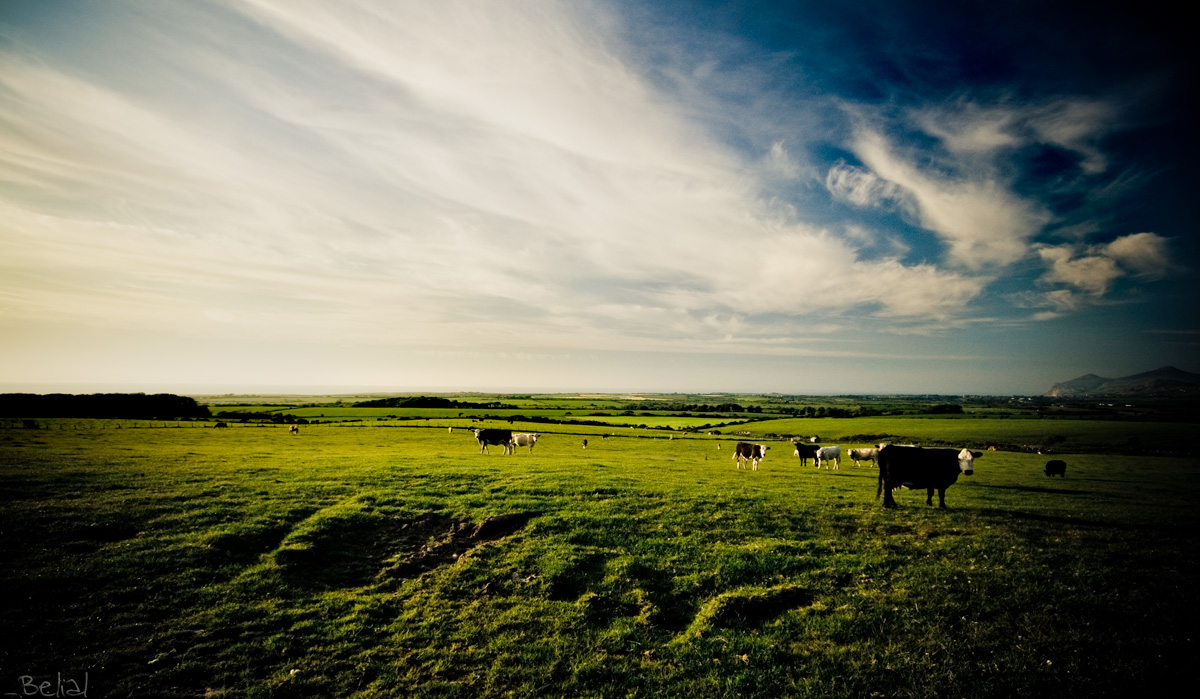If We’re Going to Eat Cattle, Let Them Eat Grass
Author: Jared Stone
Stories about impending environmental apocalypse circulate almost daily, especially in drought-ravaged California. Many of these stories tend to blame agriculture — and specifically, beef — for gobbling up our resources. Though numbers vary widely and are hotly contested, some researchers estimate that it takes 1,800 gallons of water to produce each pound of beef.
The real problem, however, isn’t cattle. It’s industrial feedlots, where more than 70% of U.S. cattle eventually live.
In an industrial feedlot, potentially thousands of animals are packed together in an enclosure of bare, unproductive dirt. Nothing grows there. Operators have to bring in water for the cattle to drink, and for the enormous manure ponds that contain the cattle’s waste. But the majority of the water used in raising industrial cattle goes into growing their feed. These operations are tremendously resource-intensive.
Grass-fed cattle can graze on marginal land that doesn’t have any other agricultural worth.
If you eat beef, grass-fed cattle are a better option. Those cattle are a healthy part of a larger ecosystem.
Raised where grass grows, these cattle don’t need manure ponds. While they do need a source of drinking water, a rain-fed pond suffices in most cases. In turn, the animals’ grazing improves the health of the grassland, often dramatically, and increases the ecosystem’s water retention.

